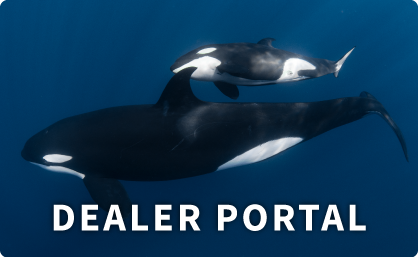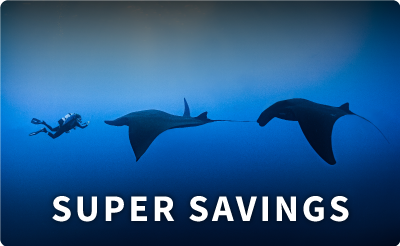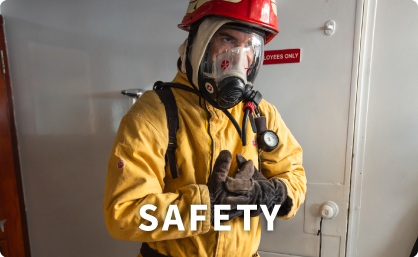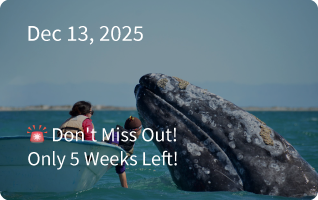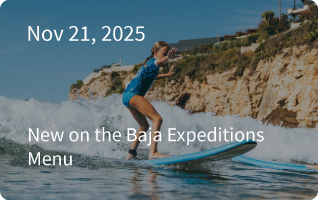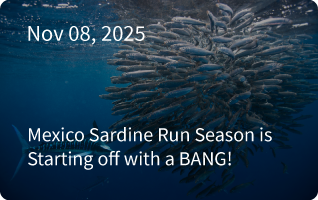Since 2018, the giant manta ray has been listed as threatened under the Endangered Species Act. The protection of the world’s oceans and all its incredible inhabitants has never been more important, and we have been working on compiling a manta identification database for the last 30 years and working specifically with the Manta Trust, the world’s leading manta ray conservation organization, for the last six years. The Manta Trust aims to conserve manta rays through research, education, and collaboration. So, without further ado, read on to discover their thoughts on why tourism and citizen scientists (that’s you!), can be hugely beneficial towards manta ray conservation…
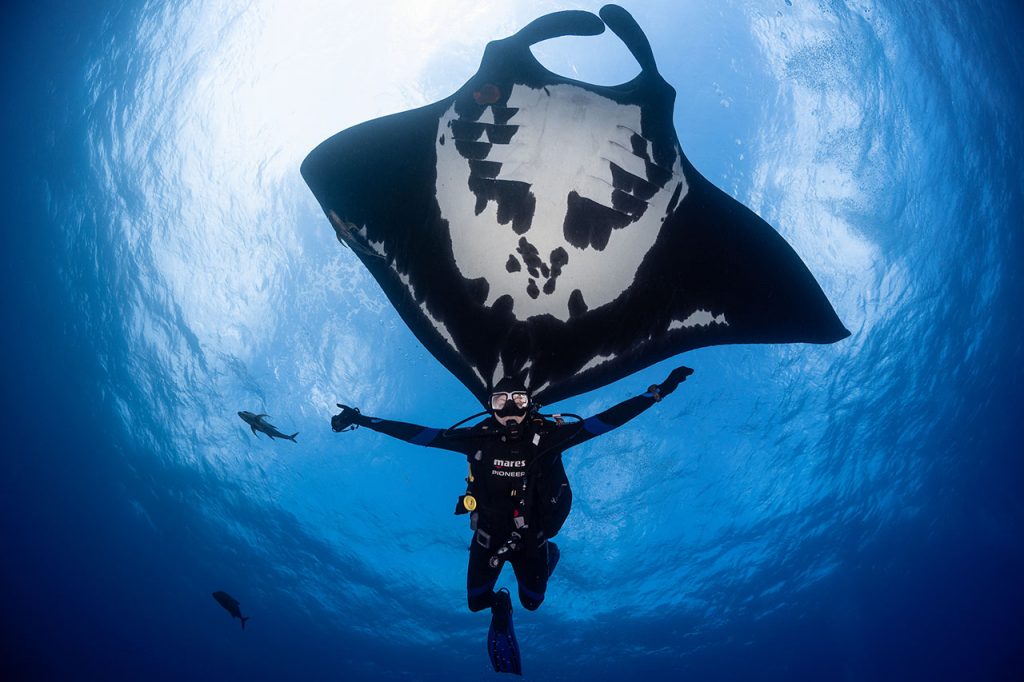
The Importance of Citizen Science
“Oceanic manta rays are one of the most poorly studied ocean giants, due in part to the remote locations where they tend to aggregate. Citizen science efforts provide, in many cases, some of the only data that we have available to study these threatened populations. For example, the only reason we have any idea how long manta rays live is thanks to photo identification images like those collected by dive tourists on Nautilus liveaboards. This photo ID data allows us to estimate population sizes and track trends in abundance, which can indicate the health of a population, estimate survivorship and how human impacts are affecting populations.
For scientists to collect this same data exclusively on research expeditions would be both logistically impossible and cost prohibitive, not to mention it would be impossible to collect the same quantity of data that hundreds (or thousands) of engaged divers can contribute each year. Not only do we rely on the participation of citizen scientists to help support our research efforts but engaging the public directly in research helps connect concerned individuals to these important conservation issues and helps drive positive change for these endangered species.”
- Dr. Joshua Stewart, the Associate Director of the Manta Trust
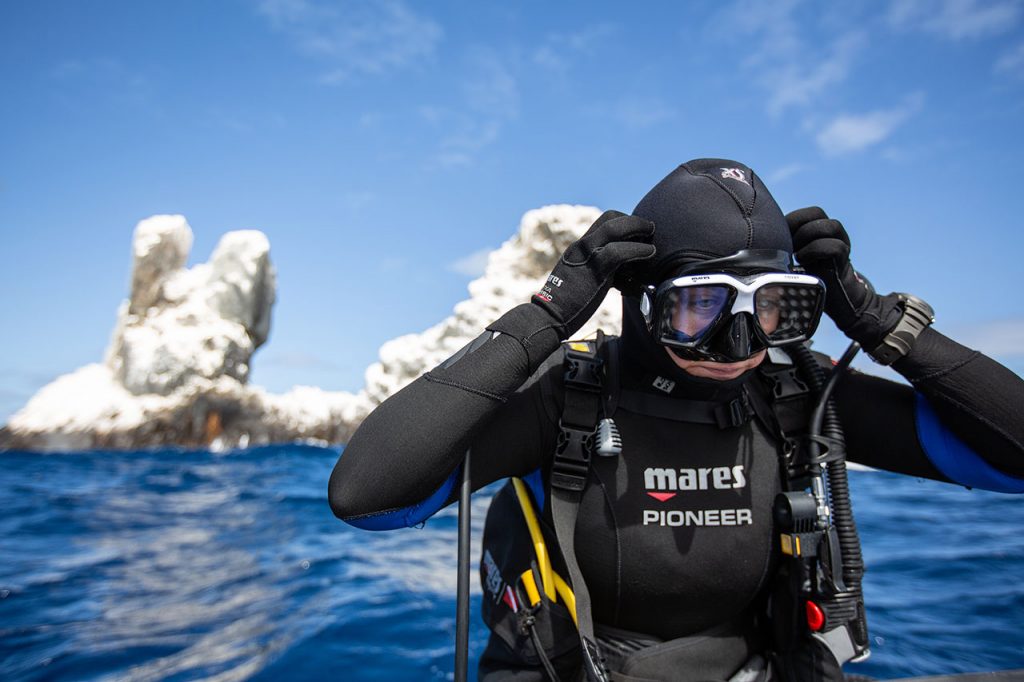
The Unique Wonders of the Revillagigedo Archipelago
“I have been very fortunate in my life to visit many of the world’s most beautiful and biologically diverse marine habitats, and amongst all these wonderful locations, the Revillagigedo Archipelago holds a special place in my heart. Each time I dive into the underwater world of this remote archipelago, I am reminded why it is so important that we continue to strive for greater protections for our oceans and their inhabitants.
However, to achieve these protections we must have the knowledge which is required to inform effective conservation management. This knowledge is often hard to attain in remote locations where scientific resources are limited. Therefore, collaborations with other stakeholders, such as the dive tourism operators, provides a vital partnership in these mutual conservation efforts. In the last three decades, dive operators and the citizen scientists they propagate, have contributed greatly to the scientific knowledge of the marine megafauna at the Revillagigedo Archipelago. Indeed, for oceanic manta rays alone, tens of thousands of photo-ID sightings of hundreds of individual rays have been collected and submitted to research organisations. This knowledge has, in turn, helped inform the Mexican government in its decision to further protect this location. Furthermore, these tourism operators have also more directly supported research activities though logistical support for field researchers and financial research grants. Without these partnerships, and without the engagement of all stakeholders, I am certain the conservation status of the Revillagigedo Archipelago would not be as secure as it is today.”
- Dr. Guy Stevens, the Founder and Director of the Manta Trust
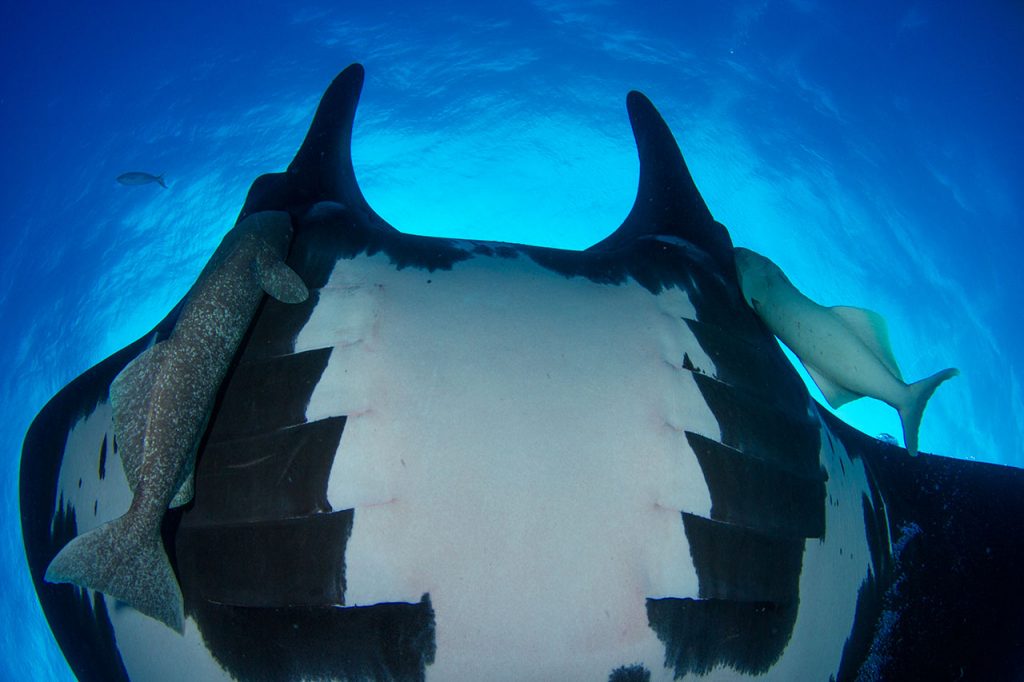
Manta Ray Conservation Trips
“In the end, we will conserve only what we love; we will love only what we understand and we will understand only what we are taught”, so states a renowned quote by Baba Dioum; and no better statement can express the importance of continued research and public awareness, to the successful conservation of our precious natural resources. Citizen science expeditions are undoubtedly one of the best tools to achieve this goal by providing scientists the fundamental logistics and resources necessary to further our knowledge of a species, a population, or an ecosystem, by offering access to an invaluable amount of data – often collected from tourists and operators themselves – and by providing a platform to teach and engage the general public.
Since 2019, Nautilus Liveaboards has been hosting manta ray focused citizen science trips, offering the opportunity to scientists, researchers, and conservationists to collect data critical to further our understanding of the biology of this vulnerable species and engage divers and ocean lovers to the importance of marine research and conservation. In only two years, during these trips, over 200 manta ray photo identification images have been collected and four tags deployed, greatly helping local conservation organisations in their effort to further our understanding of the precious Revillagigedos oceanic manta ray population. These expeditions also provided the opportunity to test and further develop the ‘IdtheManta’, an automated manta ray visual recognition software which will greatly increase the amount of manta ray photo identification images being collected and processed by the divers’ community worldwide.
With a remote population of oceanic manta rays such as the one inhabiting the Revillagigedos archipelago, being able to rely on tourist operators to help facilitating both data collection and public awareness is ultimately crucial in guaranteeing its long-term survival.”
- Niv Froman, Research Officer of the Manta Trust
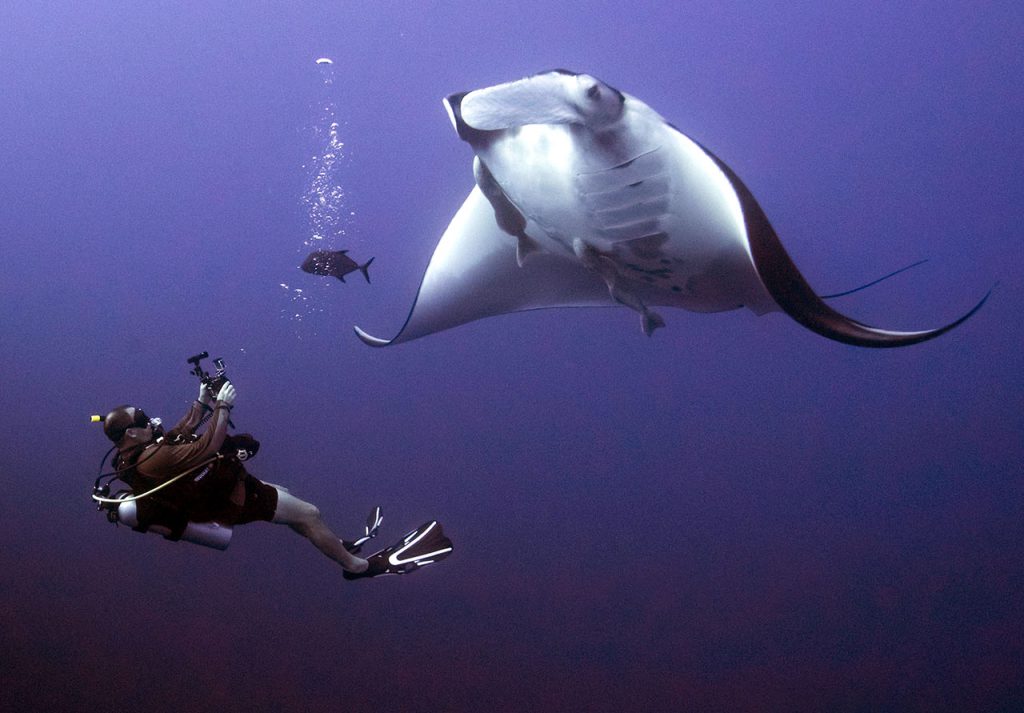
Our Commitment to Manta Research: IDtheManta
We have been supporting and helping fund the software for IDtheManta, the largest manta ID database in the world. We are committed fully to this to the point that we have written our own software onboard for Nautilus at sea, with complimentary Wi-Fi to integrate this software and vastly improve our initial and recurrent manta sightings database. Our plan is to use our digital satellite internet connection to upload every manta ID to our shoreside public domain database, as well as to send an alert to every interested manta researcher – or just plain manta lover!
We also run several manta trust citizen science fundraising trips throughout the year. Interested in becoming a citizen scientist? Our next trip takes place on November 28th 2021, get in touch to secure your spot.
Image credits: David Serradell, Annie Crawley, Scott Davis

